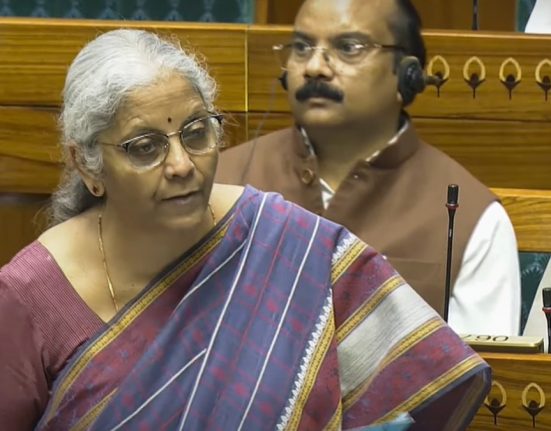Getty Images
News that borrowers have been waiting eagerly for came in again on Thursday when the Bureau of Labor Statistics announced another drop in the inflation rate, this time for March. Now at a rate of just 2.4%, inflation dropped significantly from the 2.8% rate reported for February and, overall, is down substantially from the over 9% range it had hit in June 2022.
This is good news for wide swaths of the economy but particularly for borrowers saddled with higher rates on everything from credit cards to personal loans to home equity loans. While indirect, higher inflation tends to cause interest rates to increase, which makes borrowing with all of those aforementioned products costly.
But what about mortgage rates, specifically? Rates here increased exponentially in recent years from around 3% to close to 8%, hitting the highest point since 2000 in 2023. So will the latest inflation drop cause mortgage rates to fall, too? Below, we’ll break down what to know now.
Start by seeing how low of a mortgage rate you’d currently qualify for here.
Will the inflation drop cause mortgage rates to fall?
The short answer to this question? Maybe. The longer answer, however, is convoluted. To start, an inflation rate drop is generally good news for borrowers, including homebuyers and current homeowners looking to refinance. That’s because a lower inflation rate is likely to spark additional cuts to the federal funds rate courtesy of the Federal Reserve. A lower federal funds rate, then, is likely to result in lenders offering lower rates to borrowers, perhaps even before that formal rate cut is even issued.
Still, while that dynamic can play out linearly for items like home equity loans, which are largely driven by Fed monetary policy, it won’t be as clear (or as beneficial) for items like mortgage and mortgage refinance rates. That’s because these rates only consider the federal funds rate as one determinant. Mortgage rates are also driven by the 10-year Treasury yield. When that rises, mortgage rates tend to follow upward and when it declines, mortgage rates tend to drop, too. This is partially why, after plunging last September when the Fed issued a larger-than-anticipated 50 basis point cut, mortgage rates soon reversed course and increased again. Those increases later in 2024 came despite the Fed issuing additional cuts of 25 basis points each in both November and December.
That all noted, the inflation rate is almost exactly at the Fed’s target 2% goal. So another Fed rate cut, while unlikely for the Fed’s May meeting, looks possible for when the bank meets again in June (the CME Group’s FedWatch tool has a rate cut there listed at more than an 80% likelihood as of April 10). Still, the interest rate climate is constantly changing and mortgage rates move up and down on a daily basis. So it’s worth monitoring the climate closely for an opportunity to act, especially if inflation is really declining as significantly as it now appears to be.
Explore your current mortgage options here.
The bottom line
While an inflation drop can, theoretically, cause mortgage rates to decline, it won’t be direct and it won’t be quick. Instead, inflation needs to consistently drop to encourage future Fed rate cuts, which can then cool the mortgage rate climate, assuming the 10-year Treasury yield falls as well. Sound complicated? That’s because it is. Instead, many experts recommend not waiting for mortgage rates to drop and instead proceeding with purchasing a home as needed. Buyers could always refinance their rate in the future when the rate climate stabilizes further but the homes for sale today may never hit the market again. So it’s critical to weigh today’s inflation and interest rate concerns against your long-term homeownership needs and goals to determine your right move.








